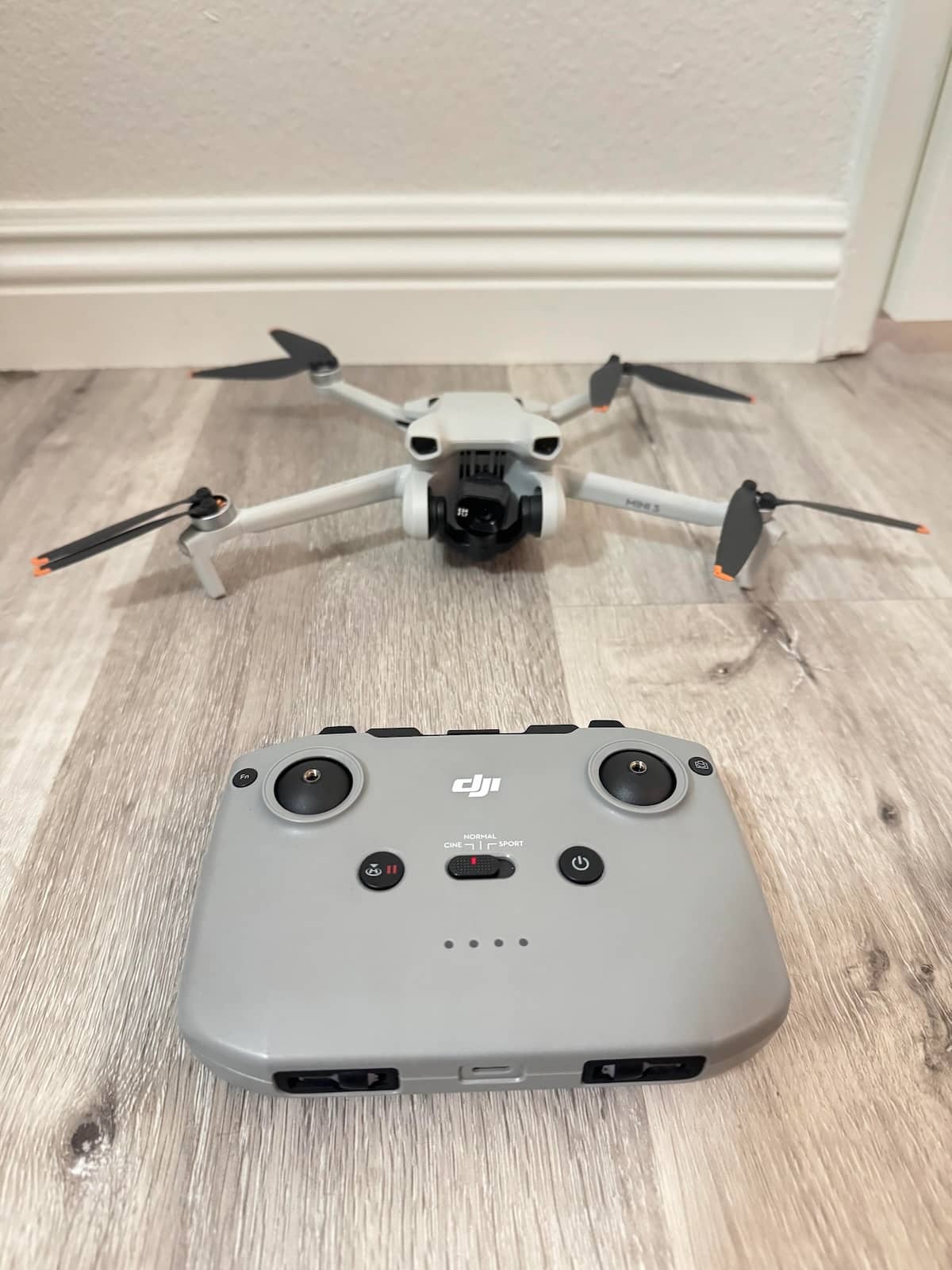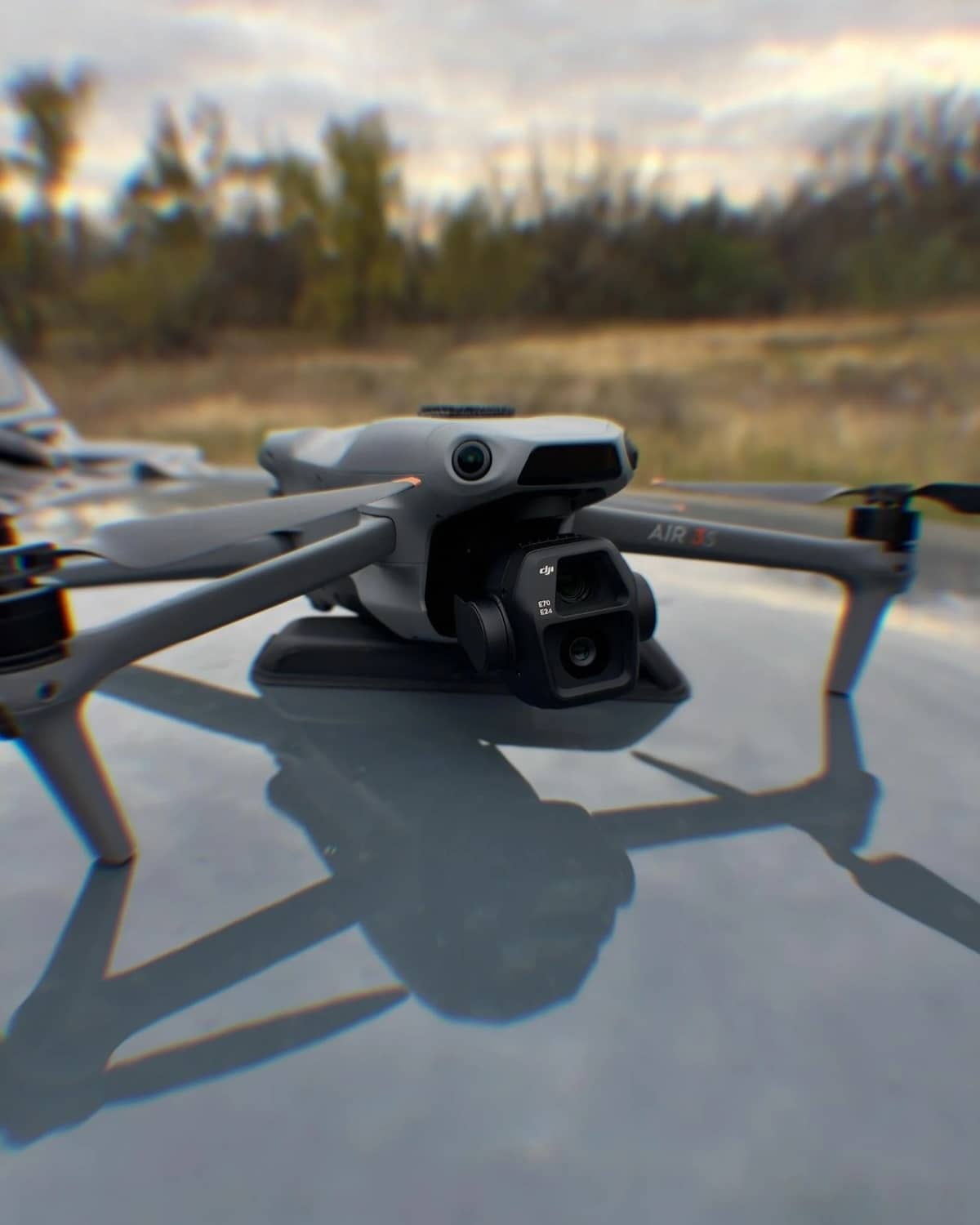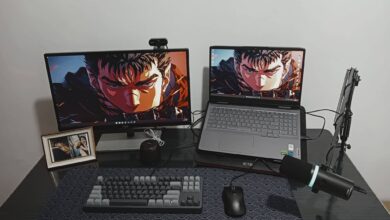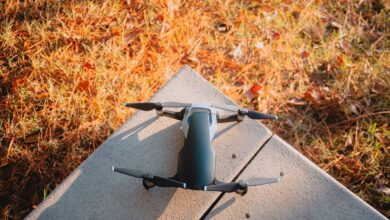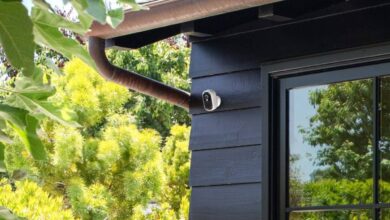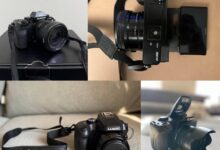Top 6 Best Drones for Your Photography Journey!
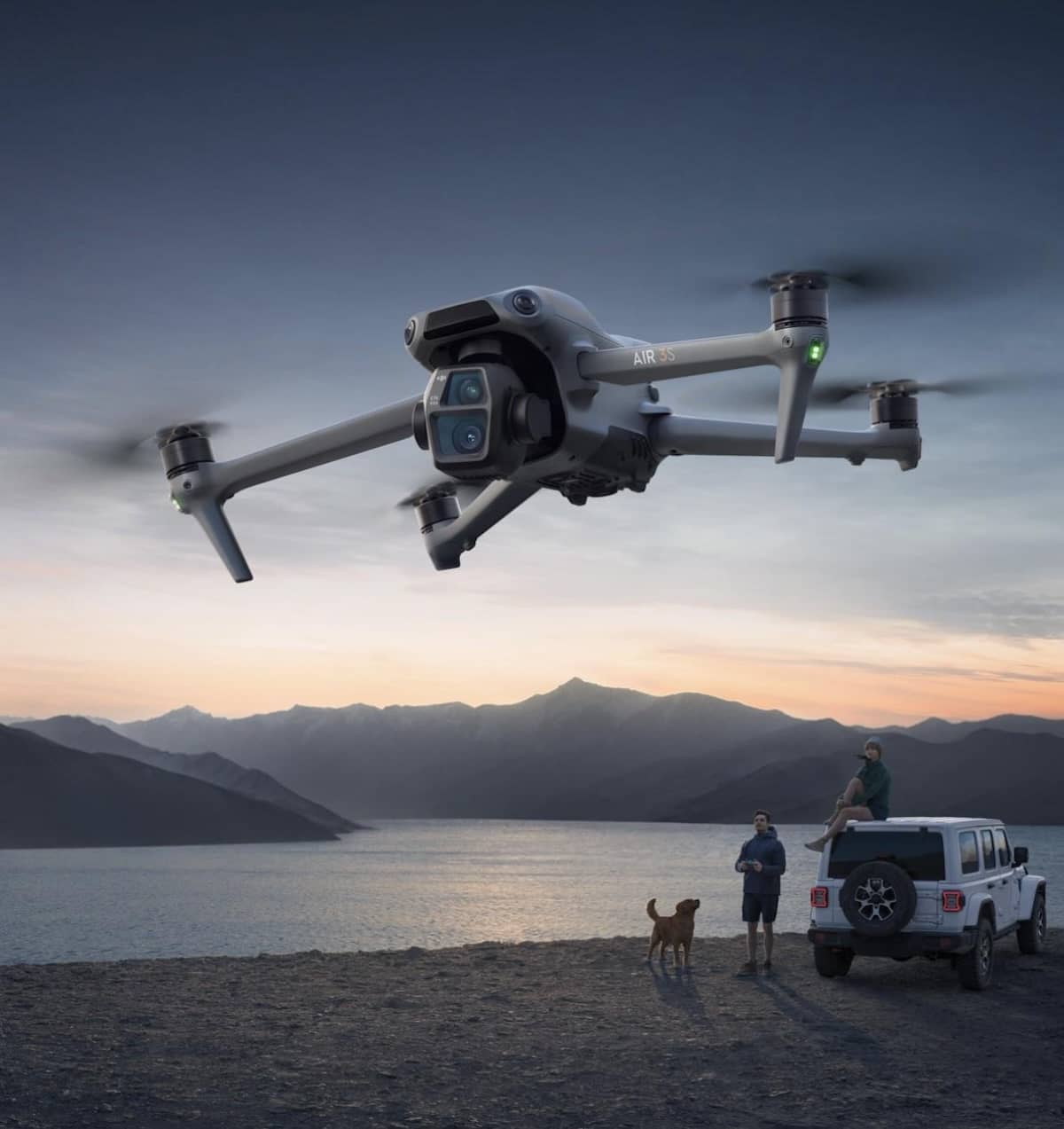
Capturing the world from the ground has always had its charm. Dynamic action shots mix with moody stills, each telling a story from a human perspective. Aerial photography shifts that viewpoint hundreds of feet straight up, looking down at tree canopies and architectural landmarks so that they’re reframed in new and interesting ways. Of course, before drone photography came of age, we were limited to expensive helicopter flights or ill-advised tree climbs. Now, all it takes is a drone, and maybe a little practice to avoid crashing it into your neighbor’s fence.
There are also rules to follow, unless you enjoy awkward conversations with local authorities. Do realize that drone photography implies the possibility of selling those shots once they’re captured and stored? If you’re planning on becoming a commercial pilot, you’ll need to keep in good with the FAA and pass the Part 107 remote pilot certification. That’s if you’re based in the United States. Refer to your own countries’ regulations if you’re based elsewhere.
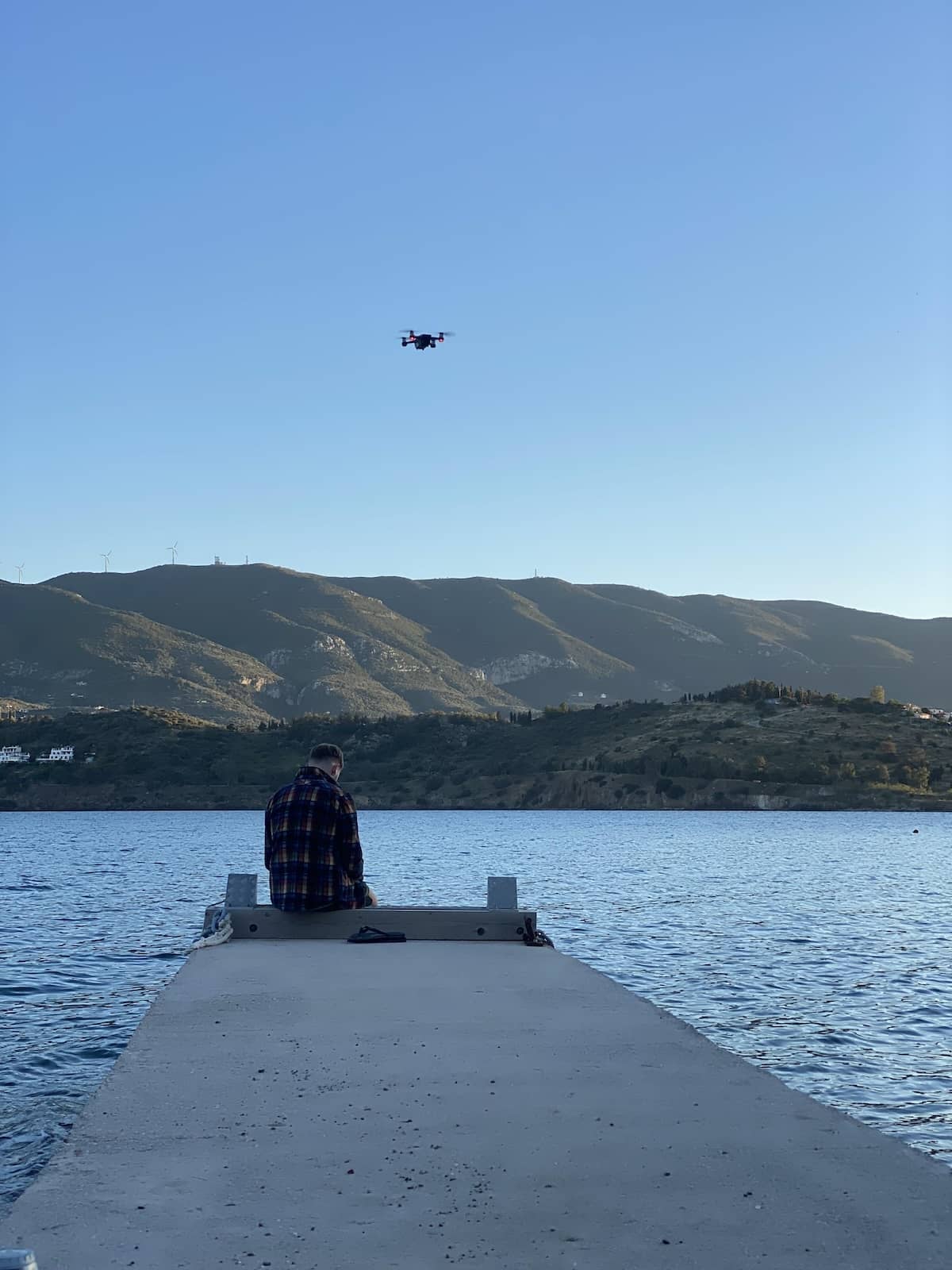
Remember the 250g rule: If your remote photography flier weighs 250g, or less, and its photos are for personal use only, you don’t need certification. You own a hobbyist drone. However, if you plan to sell those photos, even light drones require certification, regardless of weight. Check your local regulations.
Our Best Picks: Top 6 Photography Drones To Buy Right Now!
All of the regulations and procedural matters out of the way—sorry, but this is a serious endeavor—let’s get to the fun part. We’ll be kicking this review into high gear right from the off, opening with the DJI Mavic 3, a triple-lens airborne photography marvel.
DJI Mavic 3 Pro Photography Drone
Unsure whether to focus on miniature aerodynamics or superb optics, we decided to split the difference and showcase the DJI Mavic 3 as an all-around remote-operated photography maestro. A 43 minute flight time lets photographers move at their own pace, pushing the drone at 21 m/s. Testing this feature, we were surprised at how quickly the little remote flier became a dot in the sky, but the 11 mile HD video transmission range kept our guiding fingers in full control. When over a target, it descended at 6 m/s to hover in place, using GPS, Galileo, and BeiDou mapped GNSS (Global Navigation Satellite Systems) to orient itself.
This beautifully engineered quad-rotor drone refused to get lost. Better than that, out beyond sight, APAS 5.0 took over, intelligently detecting objects, the vision avoidance system making our tests a breeze to conduct, with eight onboard sensors tracking nearby obstacles. Advanced automation came next, adding waypoint navigation, easy-breezy cruise control, and advanced RTH (Return To Home) flight pathing. And the result of all these automated flight controls? Plenty of time to concentrate on triple-camera shot compositions, naturally.
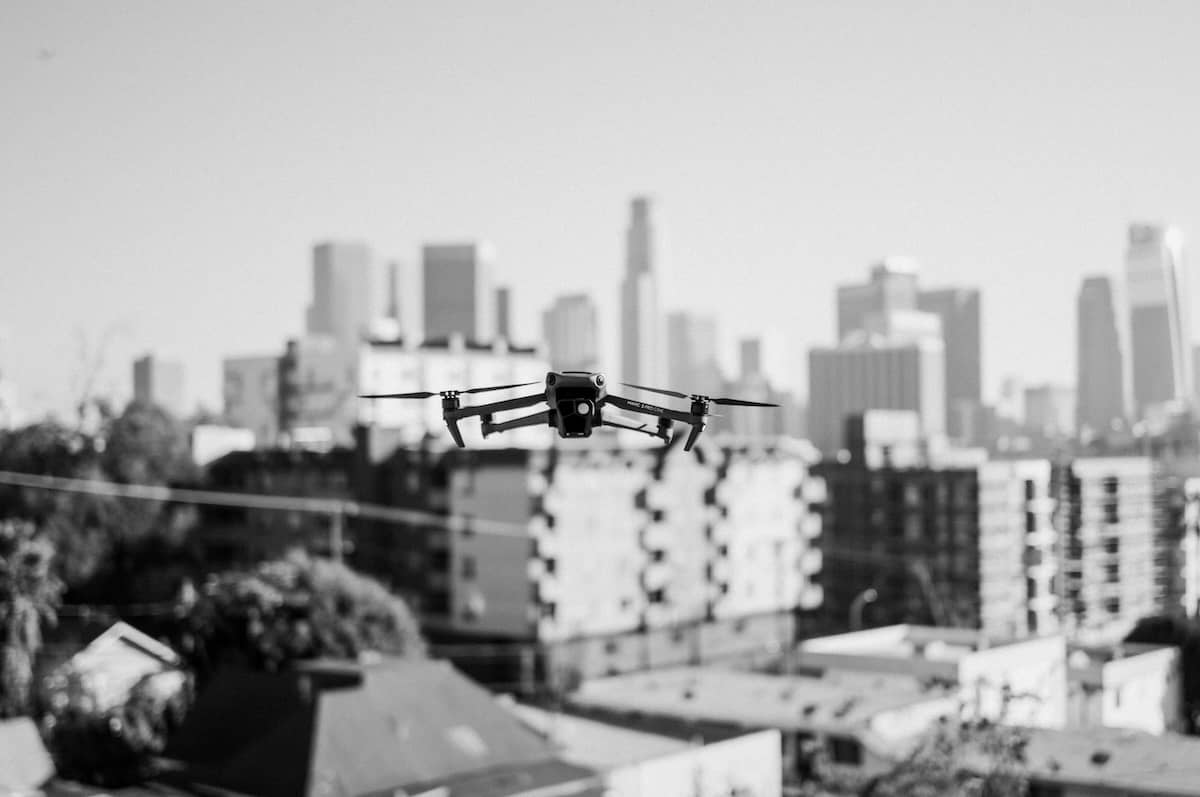
Camera functions and a three-axis gimbal stabilization mechanism made this a dream experience. As near as we could tell, this is how a cinematographer would feel when operating a premium photography drone with native 10-bit D-Log M color profiles ready for action.
Autel Robotics EVO II Pro v3 Photography Drone
The first review makes for a decent test template, so let’s get the Autel Robotics EVO II Pro into the air. It has a potential ascent speed—appropriately called Ludicrous mode— that raises the craft at a speed of 8 m/s. That same mode takes the drone at a lightning fast 20 m/s vertically, but we knew the craft came equipped with a long-lasting battery, keeping it in flight for 39 minutes, so we switched to Standard 10 m/s mode. As we were close to the coast, taking shots of a historical landmark, a lighthouse, a head wind slowed forward motion a little, but the 12 m/s wind resistance spec kept the drone pushing resolutely forward.
The GNSS functions were read off as Galileo, BeiDou, and Glonass compatible. Good to know. Working in concert with 19 groups of obstacle avoidance sensors, the smart navigation system used Mission Planner and Dynamic Track 2.1 to calculate trajectories and find the most scenic fligh path, swinging so that the Sony camera could pan and tilt on its gimbal to track a landscape feature or interesting landscape detail. Besides everything else, it was fun, although we were trying our best to act as aerial photographer types while handling the SkyLink 2.0 Smart Controller. Even so, we couldn’t help experiencing a sense of awe as we gazed through the controller’s 6.3-inch OLED monitor, captivated by the QHD Live View (Quad HD), seeing scenes that were several miles away.
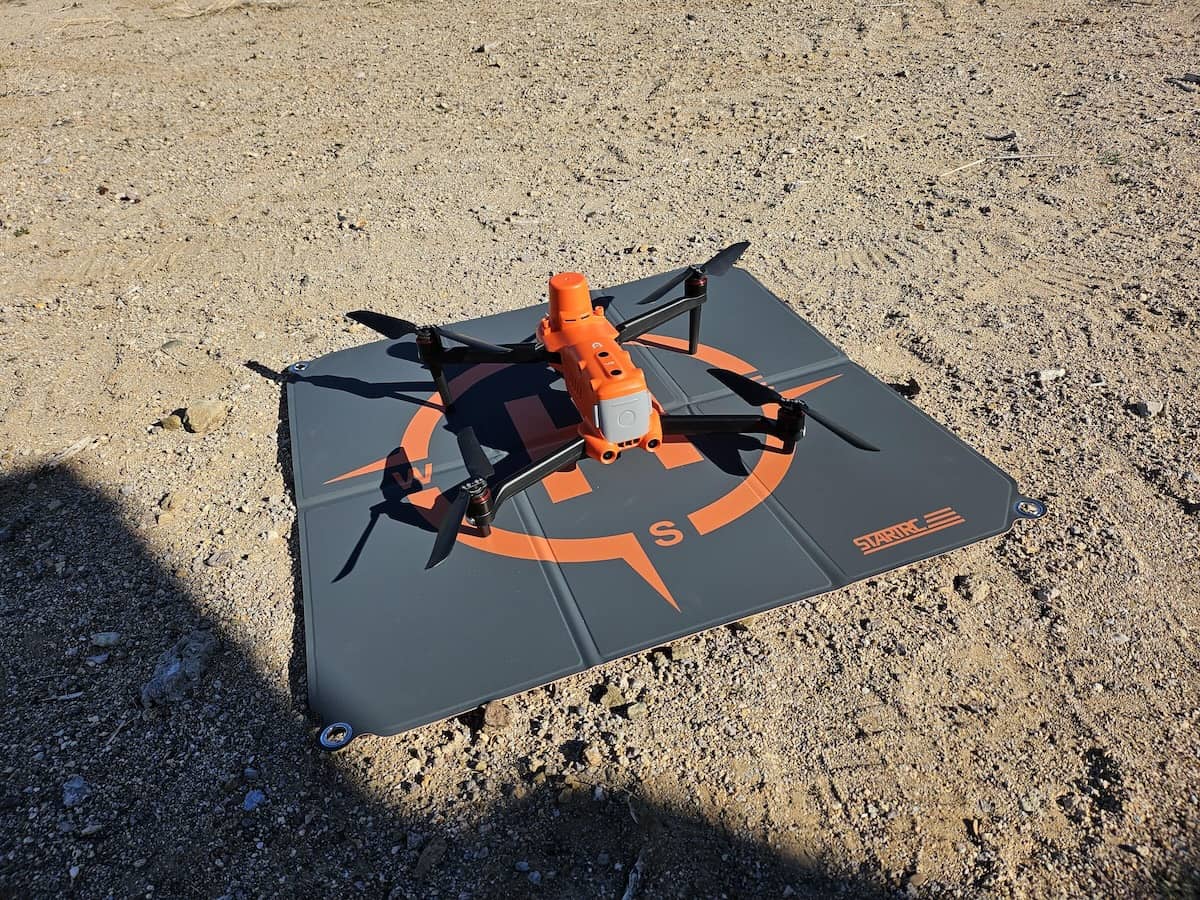
Hyperlapse mode was chosen for the final test. We used it, and 4K HDR, to record the speeded up drop of the sun as it dropped below the ocean horizon, raising the drone up to its maximum altitude of 800 m so that the golden beach was included, fading to a dusky burnt red as the last edge of the sun disappeared.
FIMI X8 Pro Photography Drone
This remote quad rotor flier is rare, in that it isn’t made by DJI or Auren. The FIMI X8 Pro is a 760g four rotor drone with a standout three-axis mechanical gimbal. It has the requisite remote control handset that comes in the box with all of these machines, but this time it’s a smartphone or small tablet device that creates the Live View imagery, not an expensive remote control OLED monitor. As such, range limitations and lower signal strength might be expected compared to higher-end controllers. And while this is true of cheaper drones, the FIMI X8 remote offers a solution.
RokLink 5.0 technology is incorporated into the controller cradle, adding a big 12.4 mile video transmission range and 120 ms latency. If a move is made on the touch controls on the smartphone screen, there won’t be a dangerous gap in response or a glitch in connection due to Wi-Fi connectivity issues. We tested the connection at 10 miles, the craft proving responsive as it navigated with quick reflexes around trees and rocks. And while a 37 minute flight path powered by the regular high-density intelligent battery might seem barely enough time to get creative with an aerial photography session, the optional high-density intelligent plus battery added 9 minutes. That was enough extra time to activate Flight Planning presets and program in a couple of Interest Points as well.
Details on the camera system – Using a 1/1.3-inch CMOS sensor for the camera, capable of shooting 48 MP stills, the FIMI X8 Pro snapped off highly detailed photos, rendered at an outstanding 8000 by 6000 pixel resolution. Those shots never looked dull or washed out, thanks to an inbuilt lens aperture of f/1.7. That’s one of the largest apertures we’ve reviewed in a drone camera, so night shots shouldn’t be an issue. The 83° field of view coverage further impressed our fligh-happy shutterbug, preventing crops of objects and landmarks as we set the drone into an automated circular flight, orbiting a local church steeple.
The three-axis gimbal adds camera moving power to an already very capable camera. It pitched while the craft tilted, rolled while it carried out an intelligent flight pattern or tracked a locked-on walker, allowing our camera operator to shut out external trajectory correcting distractions while she composed the perfect shot.
DJI Mini 4 Pro Personal Photography Drone
Our staffers were tasked with getting hold of a sub 250g drone, one that could be used for personal photography and videography fun. If we were flying this lightweight gear, there was no need to take time out of our day to pass a Part 107 certificate. The DJI Mini 4 Pro won our hearts, weighing in at 249g. Although tiny, at only 11.7 by 14.6 by 4 inches, the iPad Pro sized drone can zip through the air with amazing speed and agility, offering a maximum horizontal speed of 16 m/s. It’ll also fly 11 miles on a single charge. For more detail on this feature, the Intelligent Flight Battery has this range, but a switch to the Plus battery extends this range to 15.5 miles.
Our tests translated these figures to flight lengths, as not everyone is going to be flying the Mini 4 Pro flat out in one direction. Expect 45 minutes on the Intelligent Flight Battery Plus, dropping to 34 minutes when flying on the non-plus battery. Hover times will also vary according to which battery is fitted. We mention hover times because the art of composing a photograph often depends greatly on how static a camera can be made. That applies to handheld shots, tripod mounted photography, and to drone shots as well. Max hover times were quoted on the specs sheet at around 30 to 39 minutes, battery life dependent.
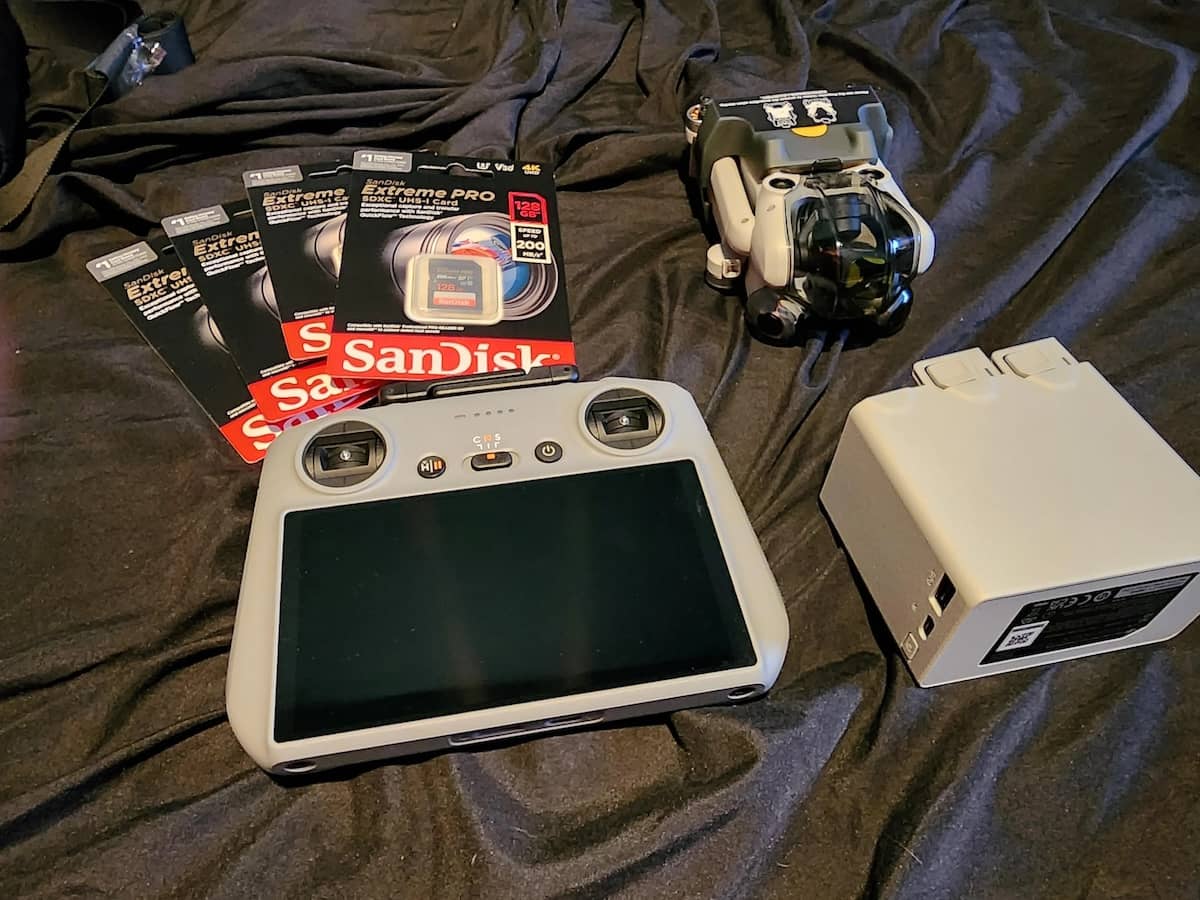
The lens on the DJI Mini 4 Pro is equipped with f/1.7 light gathering power. An ISO range of 100-6400 operated across the standard color profile settings as we maneuvered our drone aided by omnis sensing intelligent obstacle avoidance, dropping to ISO 100-1600 when D-Log M/HLG color profiles were selected. Finally, the 8064 by 6048 photos we captured were stored on a fast SanDisk Extreme PRO 32GB on the remote control unit.
Autel EVO Nano+ Personal Photography Drone
Just like the DJI lightweight flier before, this is our second sub 250g quad photography quad flight device. It’s the Autel EVO Nano+ red model. We chose this firetruck bright color scheme because it was one of our first test units, and we weren’t yet comfortable with our piloting skills. We needn’t have worried, in our usual park test area, far from observers, Autel infused advanced object avoidance modes kept our investment far from branches and foliage. Switching to automated piloting, automatic shooting modes engaged photography composing shots, taking fast orbits and ground flick video flybys.
But it was the photographic competence of the Autel EVO Nano+ we’d come to review. We switched to Dynamic Track 2.1, programming the lightweight quad rotors to follow one of our office interns. She wasn’t too into being stalked by a flying camera, which is exactly why we don’t have interns on the review team anymore. Nonetheless, the drone did its job perfectly, following her with impressive precision—whether she was running, walking, or attempting to dodge it with a half-hearted sprint. Battery life during all of this maneuvering topped out at 28 minutes, which was a little shorter than most of the devices we’ve reviewed on this list.
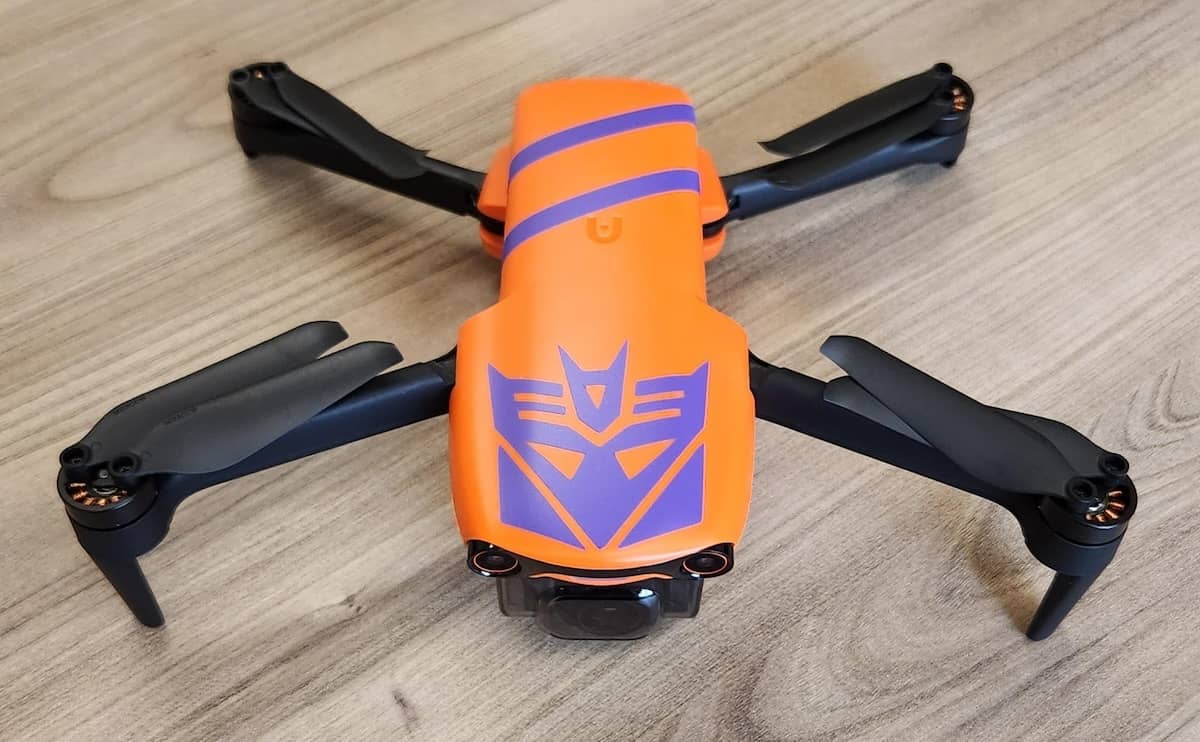
Lens and three-axis gimbal operation improved compositions when the drone wasn’t facing the right direction. It was actually fun, like a real-life video game, using the included remote cradle and the Autel Sky app on a mounted smartphone to home in on a framed shot, all while the actual drone was going off on a flight path tangent.
DJI Inspire 3 Commercial Photography Drone
The budding cinematographers reading through this review can’t do much better than the DJI Inspire 3. Let’s face it, equipped with a professional grade full-frame CMOS sensor, a film industry 35mm sensor, an 8K video resolution is a feature that has the power to make amateur directors salivate. Even as a pro photographer aerial tool, 8192 by 5456 images, each heavily layered with intricate detail and vivid color, provides unmatched quality for stunning stills. They store in both JPG and DNG format, the latter offering RAW post-production workflow versatility.
The expensive cinematography drone is made of aerospace materials, so we ran our fingers over its futuristic outlines, feeling the carbon fiber and magnesium alloy struts, the composite plastics and aluminum alloy components, too. It’s an 8.8 lb construct, spreading that weight over a 28 by 19.6 by 8 inch form factor, so we knew it wasn’t going to be thrown into a bag or tossed around like some casual quad kit used in a consumer shoot. The DJI Inspire 3 has been built with purpose, covered in visual sensors and positioning antenna, and built to minimize wind resistance during its 28 minute flights. It’s also built to showcase photography technology, boasting both an FPV camera and a gimbal-mounted full-frame imaging system.
Details on the camera system – Where to begin, that’s the dilemma. As this is a review of a short number of premium aerial photography devices, we’re not going to do an in-depth test on one lone device. Suffice to say, the ultra-wide camera is a piloting tool, used to compose videos and stills. Even then, the 1/1.8-inch sensor and 161° field of view camera does an outstanding job of transmitting full HD footage back to the remote, and that handheld controller, the DJI RC Plus, is outfitted with a seven-inch live view screen. As for the main camera, there’s a choice between the 8K Zenmuse X9-8K Air and the 6K Zenmuse X7, each controlled by incredibly advanced three-axis gimbal mechanisms.
It’s a drone for film industry professionals, there’s no doubt about that, but it’s also built to show off a slew of flight path automating features, taking the headaches out of photo composing. Inch-precise RTK Positioning and Way point Pro spearhead these path guiding attributes, then there’s also 3D Dolly, designed for film set shots. Night vision or bright sunlight shoots really were no problem when using this beast of a machine. We know, we spent the wee hours of the night taking shot after perfectly hover-still shot.
Elevate Your Photography Game!
The whole spectrum of aerial photography received in-depth coverage as we spent two whole weeks getting to grips with the technology. Personal image capturing systems even got a look-in, with the Autel EVO Nano+ and DJI Mini Pro 4 strutting their airborne, semi-automated stuff. Arguably, the DJI lands the biggest blow, sporting a slightly longer flight time and a bigger CMOS sensor. Where the Autel contender wins out is in a more user-friendly piloting interface and several additional automated shooting modes.
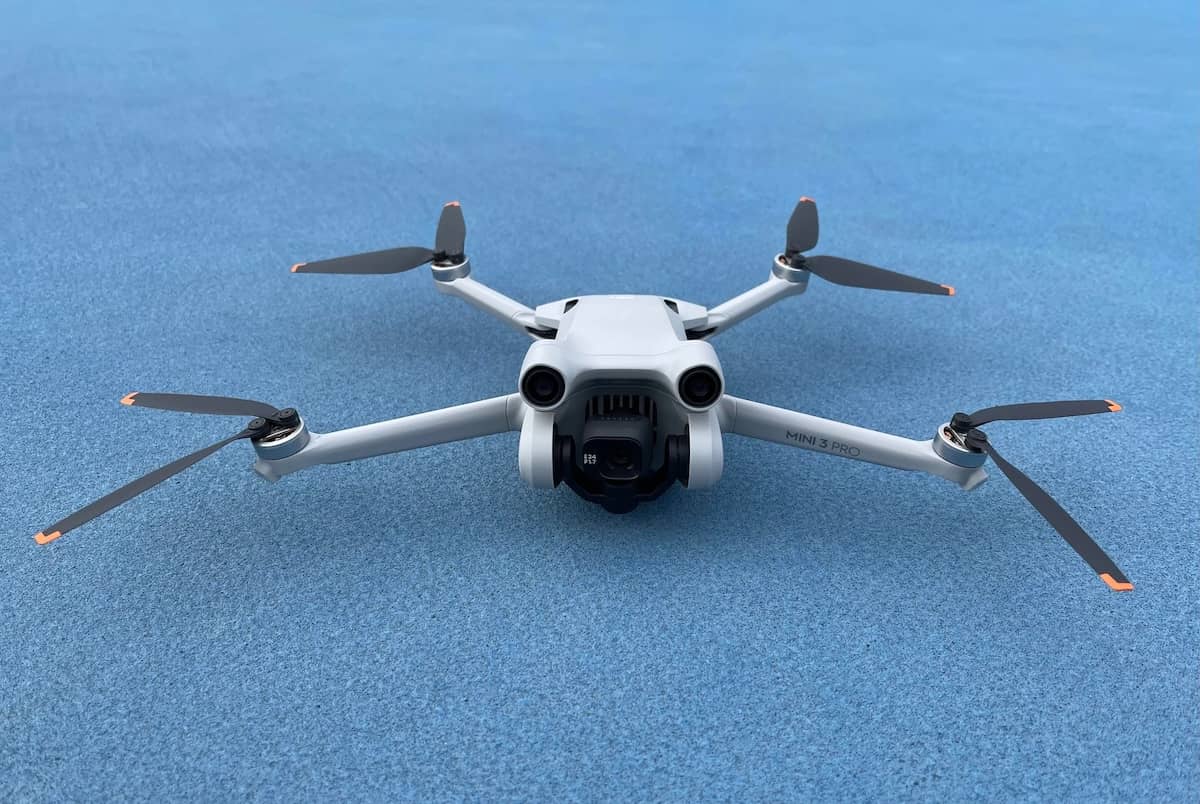
The FIMI X8 Pro is a good alternative, especially if you don’t want to buy into the DJI or Autel drone flying experience. It’s not just some obscure outlier purchase either, not when it has a 48 MP CMOS sensor and three-axis mechanical gimbal to keep stills in sharp focus. Composition indecision is also taken care of, the FIMI battery delivering close to 46 minutes of flying and hovering when lighting conditions aren’t quite right. Imagine using a low battery life model on a sunset shoot, the rotors powering down before you’ve locked in that perfect golden moment.
